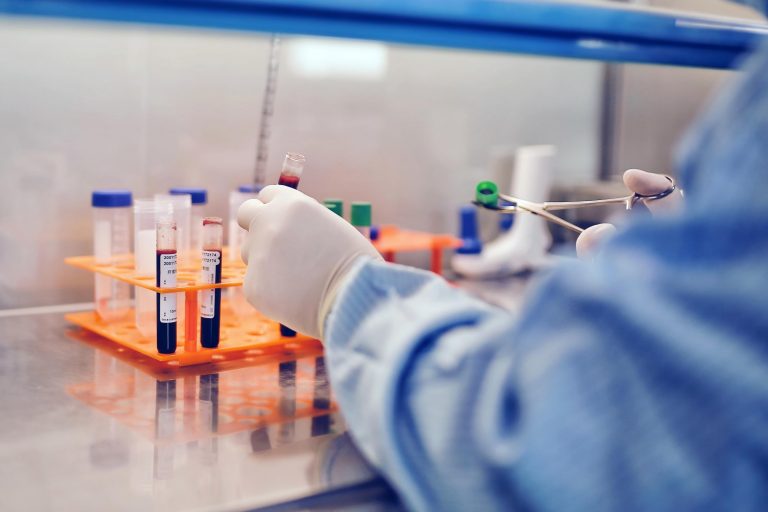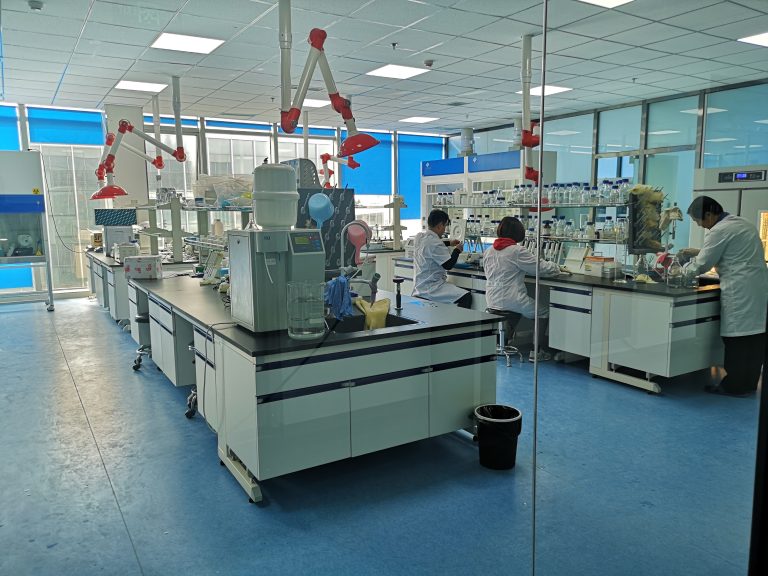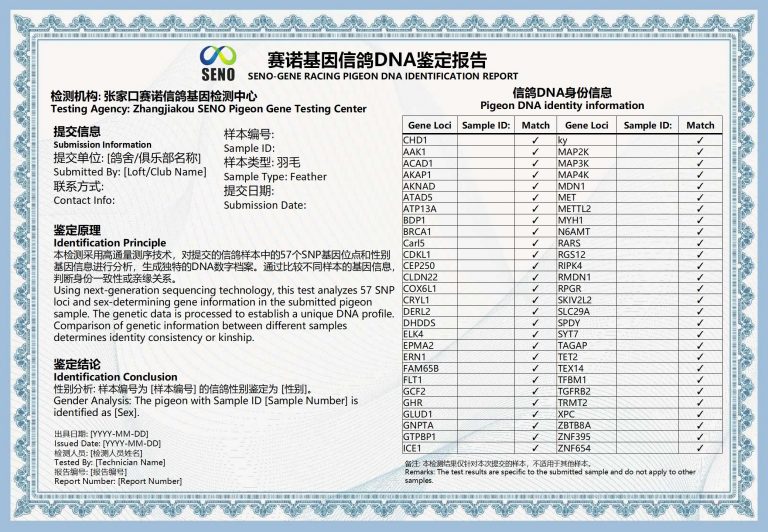
If you’re wondering how to DNA test a parrot, you’re not alone. Whether you’re trying to find out your parrot’s gender, screen for diseases, or confirm parentage, DNA testing is a precise and affordable solution. Here, we’ll walk you through everything you need to know—from how DNA is extracted to what tests are available—using clear, accessible language with scientific backing.
1. What Is DNA Testing and How Does It Work?
DNA testing in birds—including parrots—relies on identifying specific genetic markers. The process typically involves two key steps:
Step 1: DNA Extraction
A sample (feather, blood, or saliva) is collected and processed to isolate the bird’s DNA.
Step 2: DNA Amplification (PCR)
Using Polymerase Chain Reaction (PCR), scientists amplify tiny amounts of DNA to detectable levels. This allows them to look for specific genetic traits.
What is PCR?
PCR is a molecular biology technique developed in 1983 by Kary Mullis (Nobel Prize, 1993). It’s now a gold standard for DNA detection.PCR (Polymerase Chain Reaction) is a laboratory technique used to make multiple copies of a segment of DNA. PCR is very precise and can be used to amplify, or copy, a specific DNA target from a mixture of DNA molecules.
Source: National Human Genome Research Institute (Genome.gov)
Basically, We use PCR to amplify specific DNA fragments, enlarging them to a level that can be easily detected. For example, when testing the gender of a parrot, if the amplified result contains the female-specific gene, it indicates that your parrot is female. Males do not possess this particular DNA fragment, so even after amplification, it will not appear—this absence confirms that the parrot is male.
👉 Learn more from the National Human Genome Research Institute (NIH)
2. Does DNA Testing Work for Parrots?
Yes! The process is the same, and it’s highly effective in parrots. Here’s how it applies specifically:
Common DNA Testing Applications in Parrots
| Test Type | Description | Who Needs It? |
|---|---|---|
| Sex Determination | Many parrots are not sexually dimorphic (males and females look alike). DNA testing reveals gender from a single feather. | Breeders, new owners |
| Disease Screening | PCR or ELISA is used to detect diseases like Psittacine Beak and Feather Disease (PBFD) or Avian Bornavirus. | Vets, sellers |
| Parentage Verification | DNA markers confirm biological relationships between chicks and parents. | Breeders |
3. How to Collect DNA Samples from a Parrot
You can collect DNA samples at home or have a vet assist you. It is an important part of “How to DNA Test a Parrot.”
Here are the common sample types:
✅ Feathers (Most Common and Painless)
Use 2–5 freshly plucked chest feathers.
Do not use molted feathers—they may not contain enough DNA.
Hold feathers by the tip, avoid touching the root (calamus).
✅ Blood (Highly Accurate)
Use a sterile lancet to prick the claw vein.
Collect 1–2 drops on a DNA blood card.
Requires experience—seek veterinary help if unsure.
✅ Oral Swab (Saliva)
Rub a sterile swab inside the beak or tongue.
Less common, but useful if feathers are unavailable.
4. PCR Explained: Step-by-Step in Simple Terms
Polymerase Chain Reaction (PCR) is a bit like a molecular photocopier.
PCR Process in 4 Steps:
Denaturation (Heat)
The DNA sample is heated (~94°C) to separate the two strands.Annealing (Binding Primers)
Short DNA pieces called primers bind to the target sequence.Extension (Copying DNA)
An enzyme (Taq polymerase) adds nucleotides to build new DNA strands.Repeat
The cycle is repeated ~30–40 times, doubling the DNA each time.
This process can turn a microscopic sample into billions of readable copies within a few hours.
5. Are There Other DNA Testing Methods Besides PCR?
Yes, depending on the purpose of the test, several other techniques may be used:
| Method | Accuracy | Speed | Cost | Best For |
|---|---|---|---|---|
| PCR | ⭐⭐⭐⭐⭐ | ⚡⚡⚡⚡ | 💰💰 | Sexing, virus detection |
| ELISA (Antibody-based) | ⭐⭐⭐ | ⚡⚡ | 💰 | Detecting viral antigens like PBFD |
| Colloidal Gold Test Strip | ⭐⭐ | ⚡⚡⚡⚡⚡ | 💰 | Field detection (e.g., disease screening) |
| Genetic Sequencing (NGS) | ⭐⭐⭐⭐⭐ | ⚡ | 💰💰💰 | Comprehensive genome analysis, rare diseases |
PCR remains the most cost-effective and accurate method for everyday parrot DNA testing.
6. Real-Life Scenario: When and How Should You DNA Test a Parrot?
Let’s say you just adopted a baby Eclectus parrot and want to know its gender (they look the same as chicks). You order a DNA test kit online, pluck 3 small chest feathers, place them in the envelope, and send them to the lab. In 3–5 business days, the lab emails you the result—Congratulations, it’s a male!
Who Should Consider DNA Testing Their Parrot?
Pet owners unsure of their parrot’s sex
Breeders who need to match pairs or verify lineage
Veterinarians monitoring parrot health
Buyers/Sellers ensuring accurate listing of bird info
7. References and Further Reading
National Human Genome Research Institute (PCR Overview):
https://www.genome.gov/genetics-glossary/Polymerase-Chain-ReactionAVMA – Bird Health and DNA Testing:
https://www.avma.org/resources-tools/pet-owners/petcare/bird-healthVeterinary Clinics of North America: Avian Medicine Reviews
(e.g., Vol. 14, Issue 2, 2021 – Avian Virology)
FAQ about “How to DNA Test a Parrot”
Q1: Can I collect feather samples from a baby parrot?
Yes, you can. As long as the feather is freshly plucked and includes the calamus (feather shaft with blood or tissue), it can be used. Avoid molted feathers as they often lack usable DNA.
Q2: Is feather DNA testing painful or dangerous for my bird?
Plucking a few chest feathers is minimally invasive and generally safe. However, ensure it’s done gently, and never overpluck. If unsure, consult your avian vet or breeder.
Q3: How long does it take to get DNA test results?
Most labs deliver results within 3–7 business days after receiving the sample. Some offer express service for an extra fee.
Q4: Is blood more accurate than feathers for parrot DNA testing?
Both are highly accurate if collected properly. Blood may yield more DNA and is preferable for advanced tests (e.g., disease panels), but feather testing is ideal for routine sexing.
Q5: Can I test for diseases like PBFD at home?
You can collect the sample (feather or blood) at home, but the testing must be done in a certified lab using PCR or ELISA. Some rapid tests (like colloidal gold strips) exist, but they are less reliable for early-stage detection.
Q6: How much does a parrot DNA test cost?
Prices range from $15 to $50, depending on:
Type of test (sexing vs. full disease panel)
Country and lab
Whether express service is needed
Q7: Can I test the DNA of an egg or eggshell?
In theory, yes, but it’s less reliable and more complicated. Some advanced labs offer eggshell DNA testing for rare breeding cases, but results may vary.
Q8: Is DNA testing required for legal pet sales or exports?
In some countries or states, especially for endangered species, DNA sexing or disease screening may be required for legal compliance or CITES export. Always check local regulations.
Q9: Can I use one test for multiple purposes (sexing + diseases)?
Sometimes, yes. Some labs offer combo panels that use the same sample for sexing, disease detection, and even microchipping ID verification. Ask the lab before submitting your sample.
Q10: Can I perform a DNA test without a lab, using home kits only?
No, even if you collect the sample yourself, the analysis still requires laboratory equipment, especially PCR thermocyclers and reagents. Home-use kits only simplify the sample collection and shipping.
DNA Testing a Parrot Is Easier Than You Think
Parrot DNA testing is a simple, non-invasive, and powerful tool to understand your bird’s biology better. Whether for gender identification, health screening, or breeding, the process is affordable and highly accurate, especially with PCR.
If you’re asking “How to DNA test a parrot?”, the answer is:
Collect a clean feather sample, send it to a certified lab, and get reliable results in a few days.
Need a reliable parrot DNA test provider? Contact us today—we’re here to help you unlock the secrets of your bird’s genes.







